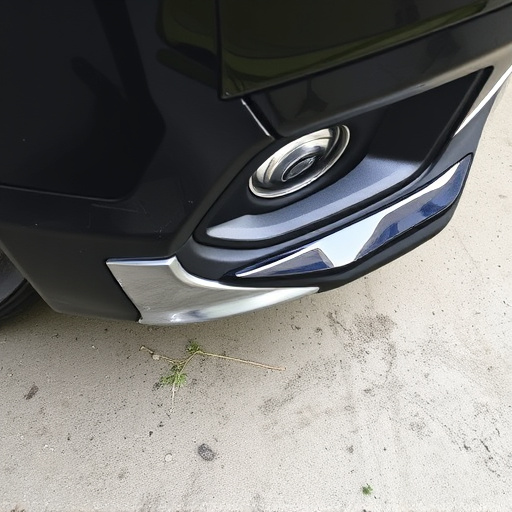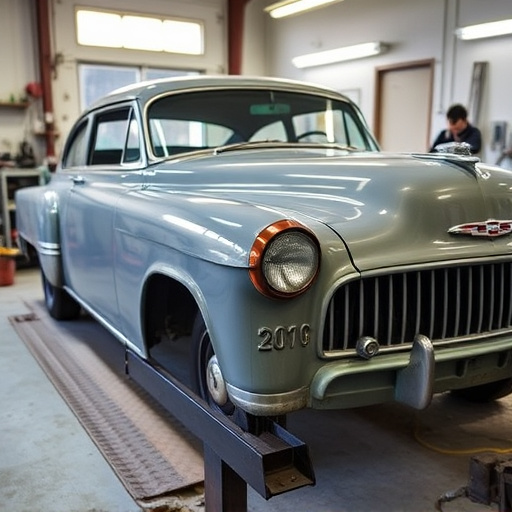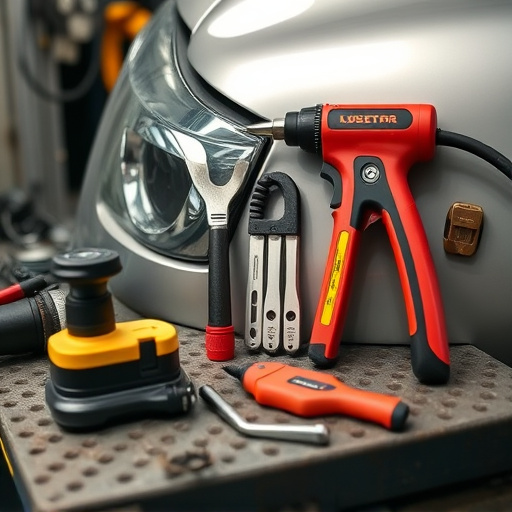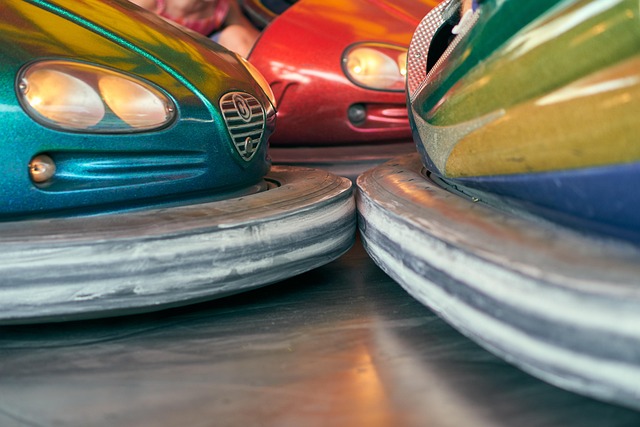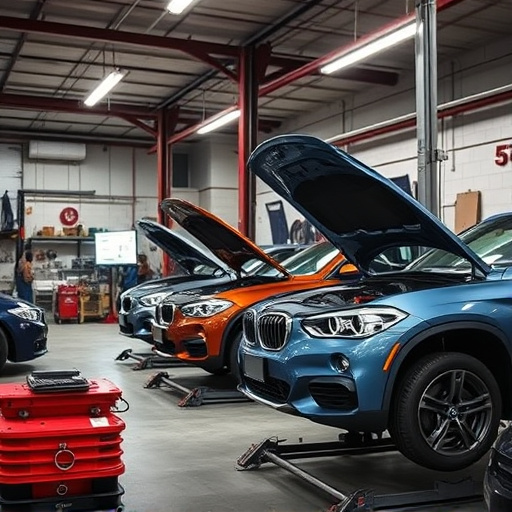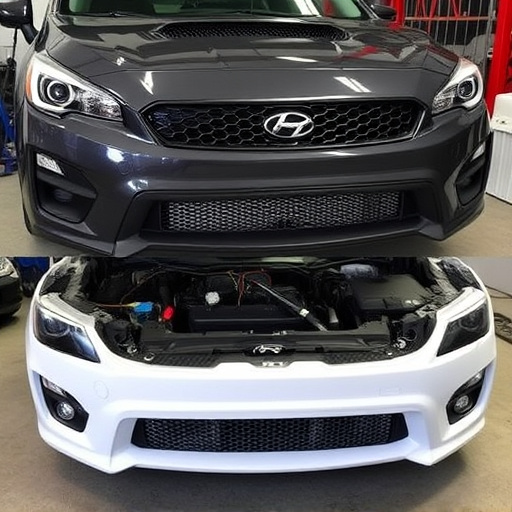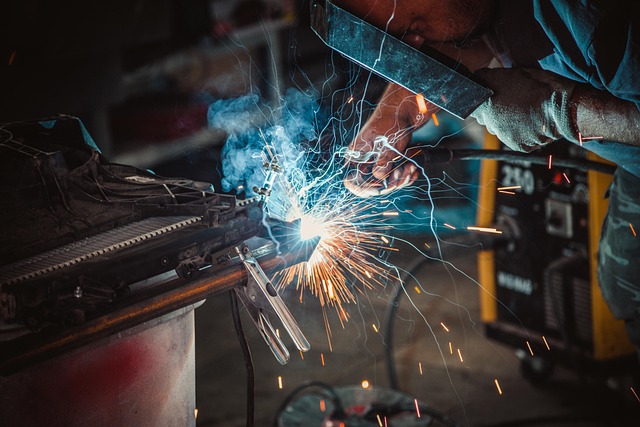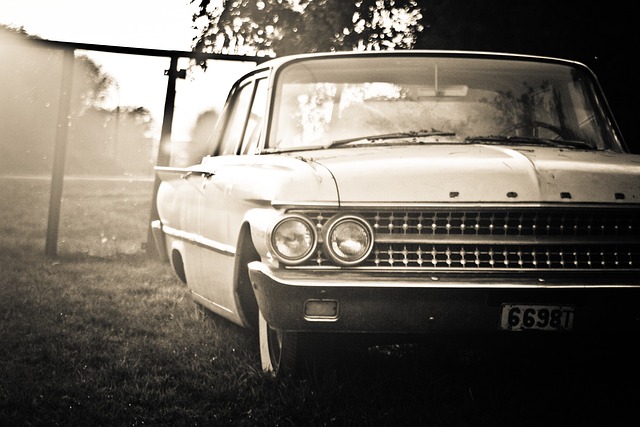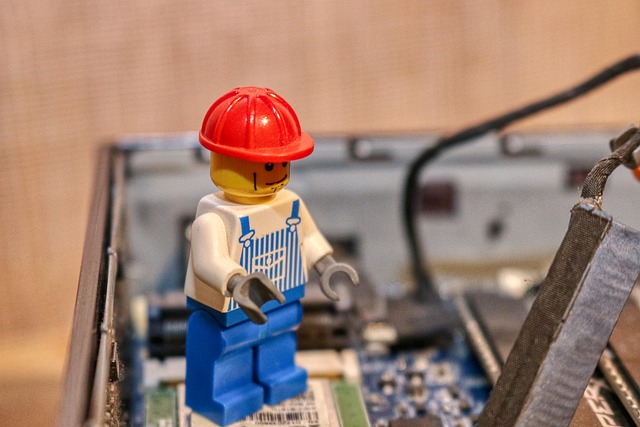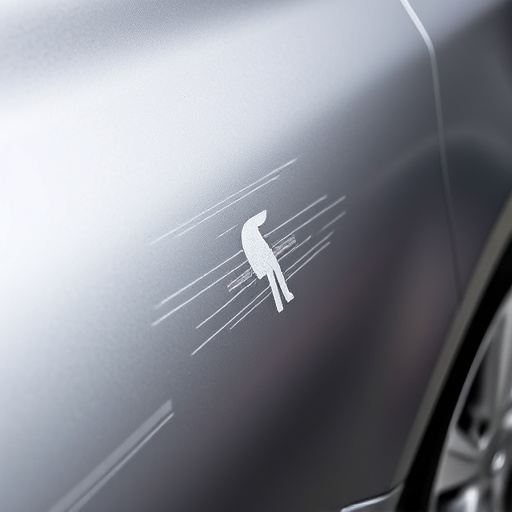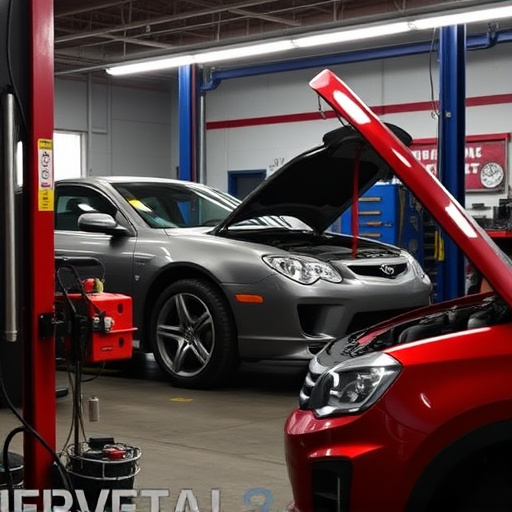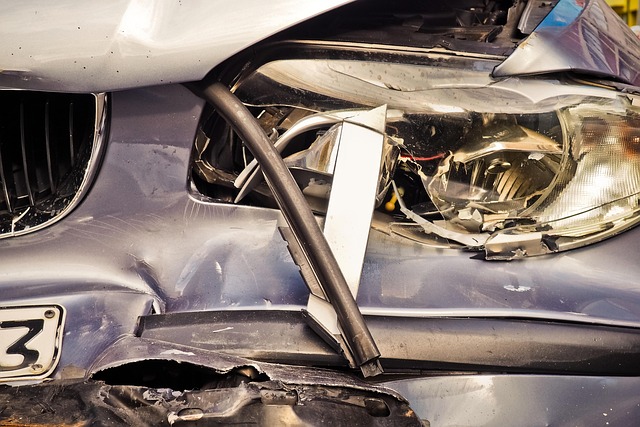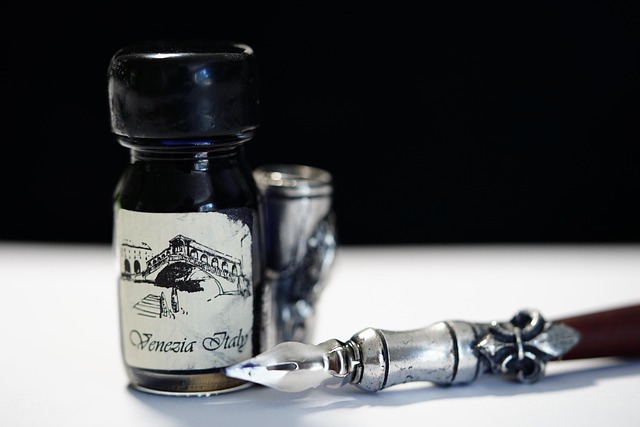OEM (Original Equipment Manufacturer) repair procedures serve as comprehensive, quality-driven guidelines for auto repairs, covering initial assessment to final restoration. Adhering to these standards ensures vehicles are returned to their original condition, preserving performance, safety, and design integrity. By minimizing errors, especially in complex systems, and ensuring compatibility of replacement parts, OEM procedures enhance overall repair quality and reliability. Auto shops face challenges like keeping up with evolving standards but can overcome them through strong manufacturer communication, continuous learning, specialized software, and offering a range of bodywork services, ultimately enhancing customer satisfaction.
In the realm of automotive repairs, Original Equipment Manufacturer (OEM) repair procedures serve as a vital blueprint. Understanding these guidelines ensures precise, efficient, and safe restoration of vehicles to their optimal state. This article delves into the fundamentals of OEM repair procedures, exploring their profound benefits in maintaining vehicle integrity while providing a structured approach for mechanics. We also dissect challenges and offer best practices for seamless implementation, highlighting why adhering to OEM standards is indispensable for high-quality auto repairs.
- Understanding OEM Repair Procedures: The Basics
- Benefits of Following OEM Guidelines in Auto Repairs
- Challenges and Best Practices for Implementing OEM Repair Procedures
Understanding OEM Repair Procedures: The Basics
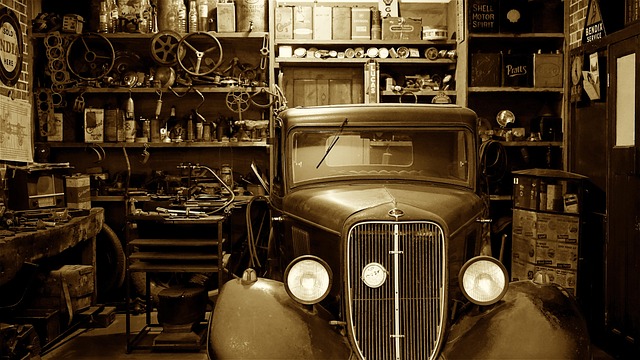
Understanding OEM Repair Procedures: The Basics
OEM (Original Equipment Manufacturer) repair procedures are a set of detailed guidelines designed to ensure that auto repairs are conducted with precision and quality, mirroring the standards set by the vehicle’s original producer. These procedures cover everything from initial assessment and disassembly to frame straightening and auto bodywork repairs, ultimately aiming to restore the vehicle to its optimal condition. For instance, in cases of auto frame repair, OEM specs dictate the specific techniques and tools required, ensuring structural integrity is maintained.
By adhering to these OEM repair procedures, auto shops can guarantee that their work aligns with the manufacturer’s expectations. This not only extends the lifespan of the vehicle but also preserves its original design and performance characteristics, which are often intricate and fine-tuned. Moreover, using OEM guidelines for frame straightening and other bodywork repairs fosters a systematic approach, minimizing errors and enhancing overall customer satisfaction.
Benefits of Following OEM Guidelines in Auto Repairs
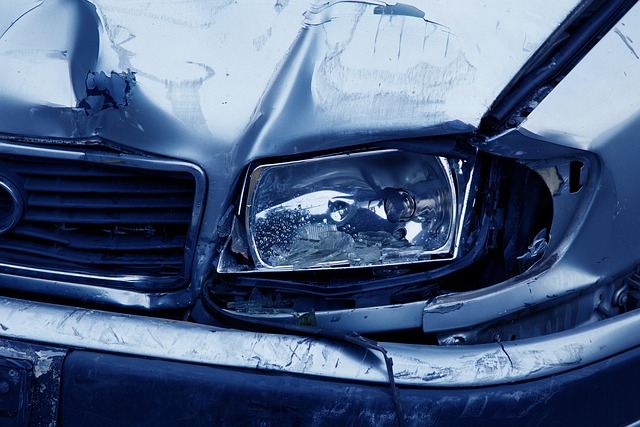
Following OEM (Original Equipment Manufacturer) guidelines for auto repairs offers a multitude of benefits. These guidelines are meticulously designed to ensure that vehicles are repaired to their original specifications, maintaining optimal performance and safety standards. By adhering to OEM procedures, technicians can achieve precise results, minimizing the risk of errors or misalignments that could lead to future issues. This precision is particularly crucial in complex systems such as engine repairs, where even slight variations can affect fuel efficiency and emissions.
Moreover, sticking to OEM guidelines facilitates better compatibility and integration of replacement parts. Unlike generic or aftermarket parts, OEM components are specifically engineered to fit seamlessly within the vehicle’s existing system, enhancing the overall quality and reliability of the repair. This is especially beneficial in collision repair services where quick restoration of a vehicle’s structural integrity and safety features is paramount. Even minor repairs like tire services can benefit from these guidelines, ensuring that every part of the vehicle functions at its best after service or an accident.
Challenges and Best Practices for Implementing OEM Repair Procedures
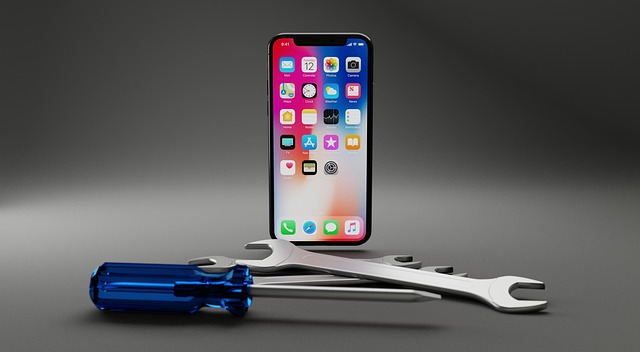
Implementing OEM (Original Equipment Manufacturer) repair procedures presents both challenges and opportunities for automotive body shops. One of the primary hurdles is keeping up with constantly evolving standards and protocols, as vehicle manufacturers frequently update their guidelines to incorporate new technologies and safety features. This requires dedicated training and investment in resources for technicians to remain current.
Best practices for embracing OEM repair procedures include establishing robust communication channels with manufacturers, staying informed about industry trends, and fostering a culture of continuous learning within the shop. Utilizing specialized software and digital manuals ensures access to the most accurate and up-to-date information. Additionally, offering comprehensive car bodywork services, including bumper repair, can enhance customer satisfaction by providing one-stop solutions, streamlining the repair process, and demonstrating expertise in OEM procedures.
OEM repair procedures play a pivotal role in ensuring high-quality and consistent auto repairs. By adhering to these guidelines, technicians can achieve superior performance and reliability, enhancing customer satisfaction. While implementing OEM practices comes with challenges, best practices such as comprehensive training, access to genuine parts, and standardized documentation significantly facilitate the process. Embracing these procedures is not just a best practice but a necessity in modern automotive service industries.
